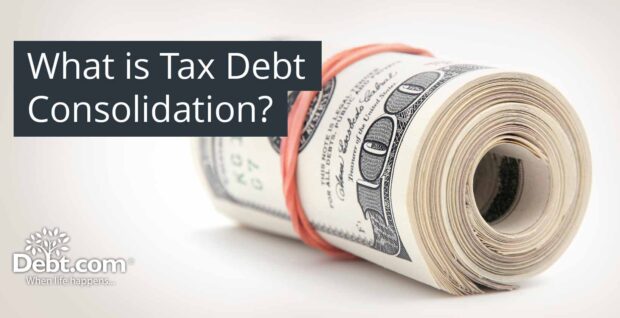
There are a few tax updates to know before filing your taxes this year. There are more, but these are three IRS updates that will have the biggest impact on your tax return:
- Changes to Form 1099-K
- Adjustment to federal income tax brackets
- Larger standard deductions
Taxpayers filing income tax returns by April 15 need to understand these updates to file taxes correctly and avoid issues with the IRS.
Changes to Form 1099-K reporting
Big changes are coming to how you report income from platforms like PayPal and Venmo. For tax year 2024 (filing in 2025), you’ll get a 1099-K for any payments over $5,000. That’s a big drop from last year’s $20,000 limit, so many more people will need to factor this income into their taxes.[1]
Changes to standard deductions
The standard deduction for married couples who file jointly rises to $29,200, which is up $1,500 from 2023. If you are filing as a single taxpayer or if you are married filing separately, the standard deduction rises to $14,600, up $750 from the prior year. And for heads of households, the standard deduction will be $21,900, which is up $1,100 from 2023.[2]
2024 tax brackets: Taxes due in April 2025
Depending on how much you earn (tax bracket) is the percentage of earnings you’re taxed on (tax rate).
Tax rates won’t change this year, but those seven tax brackets have shifted. However, to keep up with inflation, the IRS has increased income brackets. You can learn what the 2024 income tax brackets are here.
Public Service Loan Forgiveness
This one isn’t a new change but it will still qualify this tax-filing year.
If you’re employed by a federal, state, local, or tribal government or a non-profit organization, you may qualify for the Public Service Loan Forgiveness Program. The way the PSLF Program works is after you have made 120 monthly payments (or 10 years of payments) under a repayment plan while working full-time for a qualifying employer, you may be forgiven for the remaining balance on your direct loans.
In 2021, the government passed legislation that makes all student loan forgiveness tax-free through 2025. Further, for anyone who receives forgiveness through PSLF (Public Service Loan Forgiveness), the forgiven amount is tax-free regardless of when it was forgiven.
This hasn’t changed since and you may still qualify.
Tips for filing taxes
Now that you know what’s changed since last year, here are four quick tips to make filing your return a breeze…
1. How to do your taxes for free
If you make $67,000 or less per year, have a disability, or speak limited English, you might qualify for free tax preparation through an IRS program called Volunteer Income Tax Assistance. The only catch is you have to go in person, but you can search for an IRS-certified tax helper by zip code right here.
If your adjusted gross income (AGI) is $84,000 or less, you have the Free File option. Also, tax filers over 60 can get some free tax help from another IRS program called Tax Counseling for the Elderly. Through TCE, organizations like AARP offer tax preparation and help with confusing tax questions.
2. How do I know if I owe the IRS money?
You can use Debt.com’s Free Income Tax Calculator to project exactly what you’ll owe on your 2024 taxes.
You’ll need the most recent paycheck stub for everyone on your return, and the tax return you completed the year before to guide you in estimating your deductions and credits. The final result even instructs you about how to fill out your Form W-4 for withholding.
Take that to your human resources department or fill out the form on your company payroll site, and you can avoid owing a big tax bill next year.
3. How to file as a “gig worker”
Filing taxes as a gig worker can feel a bit different. The biggest change this year is the 1099-K. Now, you’ll get one if you made $5,000 or more on platforms like PayPal or Venmo, which is way lower than last year ($20,000).
Keep track of every penny you earn and every expense related to your gigs – mileage, supplies, etc. You’ll need to use Schedule C to report your income and expenses, and don’t forget about self-employment taxes. It might be a good idea to talk to a tax professional to make sure you’re doing everything right.
4. How to get a tax extension
Can’t afford to pay your taxes by the April 15th deadline? You can get a six-month extension to file your taxes.
It doesn’t get you off the hook for unpaid taxes, though. So if you owe Uncle Sam, you should pay what you can before Tax Day. (If you overpay, you’ll be able to mention that when you do file the paperwork, and you’ll get a refund.)
If you haven’t paid in full by the April 15 deadline, you’ll be hit with interest charges on the unpaid amount.
If you’re curious about when you’ll get your money, check out Debt.com’s in-depth report Where’s My Tax Refund?












